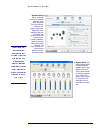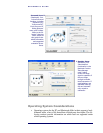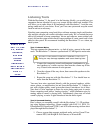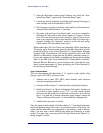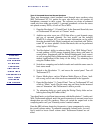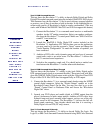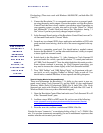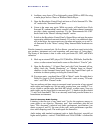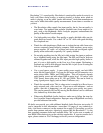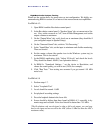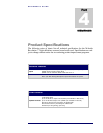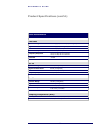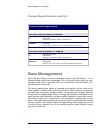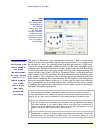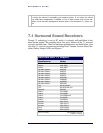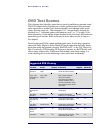
REVIEWER’S GUIDE
26
Revolution 7.1’s sound quality. Revolution’s sound quality results do not rely on
brick wall filters during testing, or muting circuitry to reduce noise when no
audio is playing, or on any other “smoke and mirrors” tricks that manufacturers
may use to inflate their audio quality measurements. Some items to consider as
you test:
• The Revolution offers superb line-input quality, but its line-out quality is
even better. Test methods that perform loopback tests (from output to in-
put), such as the Rightmark Audio Analyzer program, underestimate the
quality of Revolution’s audio output.
• Use high-quality test cables. Poor quality or poorly-shielded cables can de-
grade audio test results. Use a short 1/8” to 1/8” cable with good shielding
for a loopback test.
• Watch for cable interference: Make sure to isolate the test cable from noise
sources commonly found behind a computer. Cable modems, power strips,
power supplies, AC cable—all of these emit noise and can degrade signal
quality on an audio cable, especially if it’s poorly shielded.
• Do not plug anything into the Mic jack while testing line input or perform-
ing a loopback testing using the line input. The Mic and Line In jacks are
summed together and, while the Mic input provides high-quality audio in-
put, it is not as high quality as the Line in or Line outputs. Performing a
loopback test with a cable plugged into the Mic in jack (even if testing the
Line in) will degrade test results.
• Use a good power supply. A poor quality power supply can leak 60Hz
noise into the board power. You can see this noise and its harmonics on a
noise plot as 60Hz, 180Hz, and 300Hz spikes. This will seriously degrade
audio quality scores and adds about 30dB to noise level. Of course, with
220V power, these spikes are at 50, 150, and 250Hz. This can be fixed by
using a good power supply (such as Antec TruPower, etc.).
• Watch for crosstalk noise. This is where noise is coupled in to Revo from a
noisy network card, video card, etc. There are no real indicators—such as
spikes—that this is happening; you will just get poor quality test scores.
This can be generally be fixed by moving the Revolution card to a different
slot, farther away from other cards.
• When using RightMark Audio Analyzer, make sure to follow the steps be-
low for proper setup/configuration. Improper setup of RightMark can easily
provide erroneous test results.
M-Audio can provide you with additional detailed Audio Precision test results. If
you’re interested in this information—more than 110 pages of very technical re-
sults—feel free to contact us (see the contacts list on page 3). Our testing, as well as
results from partners and press, objectively support that the Revolution 7.1 is the
best sounding consumer audio card available today. We’ve also seen a number of
user RMAA Revolution tests on the web that support this. If your test results don’t
agree, please contact us. We’ll be happy to discuss your test configuration.



